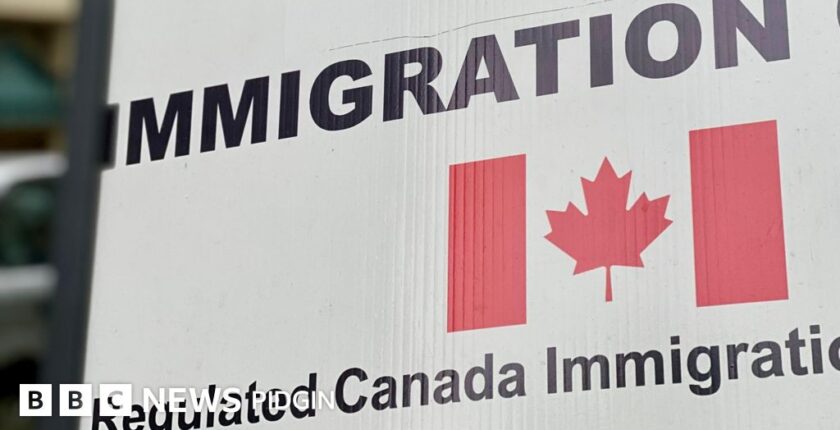Canada’s 2025-2026 Immigration Plan for PR & International Workers
The Immigration, Refugees and Citizenship Canada (IRCC) has announced its immigration plans and priorities for 2025-2026. These updates are particularly relevant for international job seekers considering a move to Canada.
The new immigration plan aims to address various challenges in Canada, like housing shortages and infrastructure strain, which are largely due to the influx of newcomers. It’s crucial to understand that while immigration brings economic benefits, Canada is also committed to creating a sustainable approach to manage its population growth.
Visa processes and pathways to permanent residency (PR) will be integral to this strategy. The government plans to revise visa applications, permanent residency options, citizenship programs, and other services. As Lena Metlege Diab, the Minister of Immigration, mentioned, immigration is vital for economic growth, but they need to ensure it aligns with community capacities.
One important element in this plan is the intention to minimize temporary resident numbers (like international students and foreign workers) to 5% of Canada’s total population. This is a shift aimed at creating a more sustainable immigration landscape.
How to Get Sponsored to Work in Canada
While the government aims to reduce temporary residents, opportunities for work permits remain promising. For instance, Canada’s various programs allow companies to sponsor international talent, especially in sectors facing labour shortages, like healthcare and construction. A Labour Market Impact Assessment (LMIA) is often required, which shows that hiring a foreign worker will not negatively affect the job market for Canadians.
Understanding Immigration Levels Plans
The IRCC has established annual targets for new immigrants, including specific numbers for international students and Temporary Foreign Workers (TFW). For example, the aim for 2025 is to welcome about 305,900 international students and 82,000 TFWs. With pathways through the Express Entry system, skilled workers with relevant experience can become permanent residents, making this an attractive option for job seekers.
Express Entry uses a points-based system called the Comprehensive Ranking System (CRS) to select candidates. Those with high scores and valuable skills can expect invitations to apply for PR. The government looks favourably on individuals with expertise in health care, trades, and education, enhancing the chances for prospective newcomers.
Settling Down in Canada
In addition to the work opportunities, Canada is keen on supporting newcomers once they arrive. Recent changes will streamline processes for work permits for spouses of international workers and students, aligning with ongoing labour demands. Furthermore, refugees also have pathways for settlement—Canada aims to assist thousands from various regions in the coming years.
To summarize, although Canada is refining its immigration policies, the pathways for international job seekers remain robust. Understanding these changes is vital for those looking to make Canada their new home.
Have your say!
Got a question, opinion, or experience to share about working in Canada? Leave a comment below and join the conversation.
The following article was adapted from an external news source for our readers’ benefit. The original version is available here.
VJC-Policy & Government Announcements


